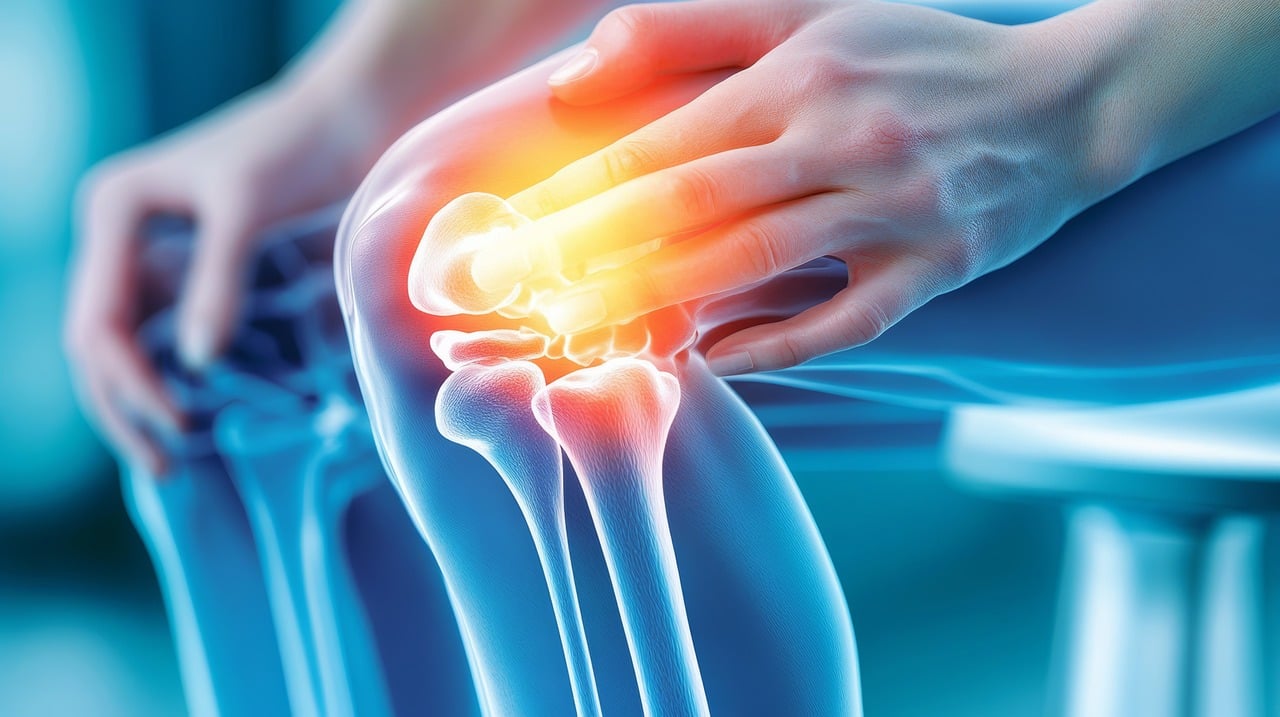In 2013, a study led by Miki Kudo, Kota Watanabe, and colleagues, the effectiveness of therapeutic exercise for knee osteoarthritis (knee OA) was examined, along with factors that might influence outcomes. While exercise therapy is widely recognized as beneficial for knee OA, the impact of treatment delivery methods and other influencing factors remains less understood. This study aims to fill that gap by comparing group exercise and home exercise programs.
The research involved 209 women diagnosed with knee OA, randomly assigned to either a group exercise class or a home exercise regimen. The group exercise program consisted of a 90-minute session under the guidance of physiotherapists. The study utilized the Western Ontario and McMaster Universities Osteoarthritis Index (WOMAC) to measure symptoms before and after the intervention. Various factors were analyzed to determine their impact on the effectiveness of the exercise therapy, including body mass index (BMI), knee range of motion (ROM), femorotibial angle from radiographs, OA severity (Kellgren-Lawrence grade), and MRI findings of meniscus abnormalities and subchondral bone marrow lesions.
The study found that participants in the group exercise program experienced significantly greater improvement in WOMAC scores compared to those in the home exercise group. Specifically, 81 subjects participated in group exercise, while 122 subjects performed home exercises.
However, the study also highlighted specific factors that influenced the degree of improvement. Notably, participants with knee flexion contracture showed only minor symptom improvement in the group exercise setting. This suggests that individuals with this condition may require different or additional interventions for optimal results.
Additionally, the research indicated that exercise therapy was particularly effective for individuals with limited quadriceps muscle strength, emphasizing the importance of muscle strength in managing knee OA through exercise.
These findings suggest that when prescribing exercise therapy for knee OA, healthcare providers should evaluate a patient’s ROM and muscle strength to determine the most appropriate type of exercise therapy. Such evaluations can also help predict the potential effectiveness of the therapy.
Overall, this study underscores the importance of personalized approaches in exercise therapy for knee OA, advocating for tailored programs based on individual patient assessments to achieve the best outcomes.
Reference: Kudo, M., Watanabe, K., Otsubo, H., Kamiya, T., Kaneko, F., Katayose, M., & Yamashita, T. (2013). Analysis of effectiveness of therapeutic exercise for knee osteoarthritis and possible factors affecting outcome. Journal of Orthopaedic Science, 18, 932-939.
